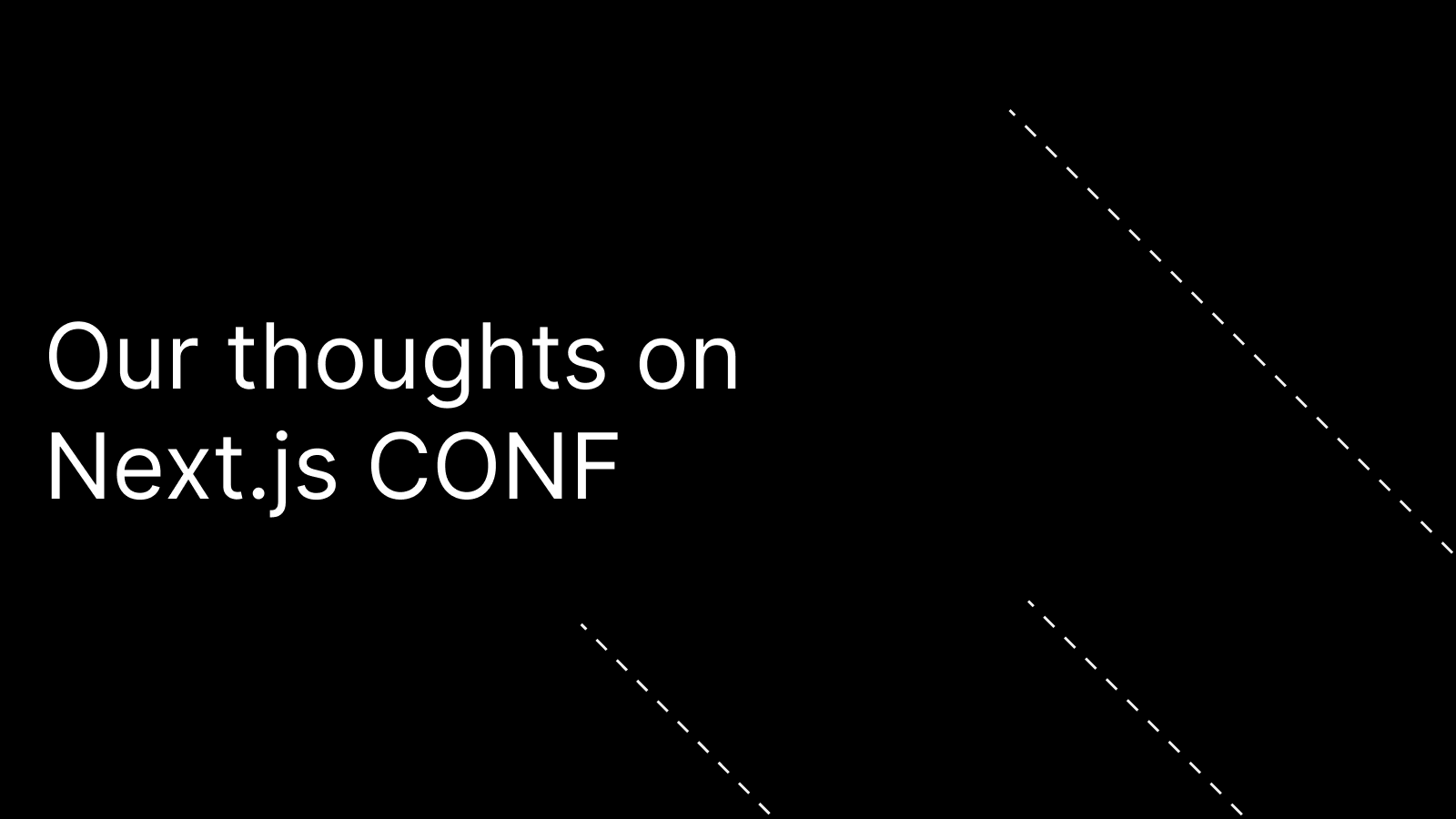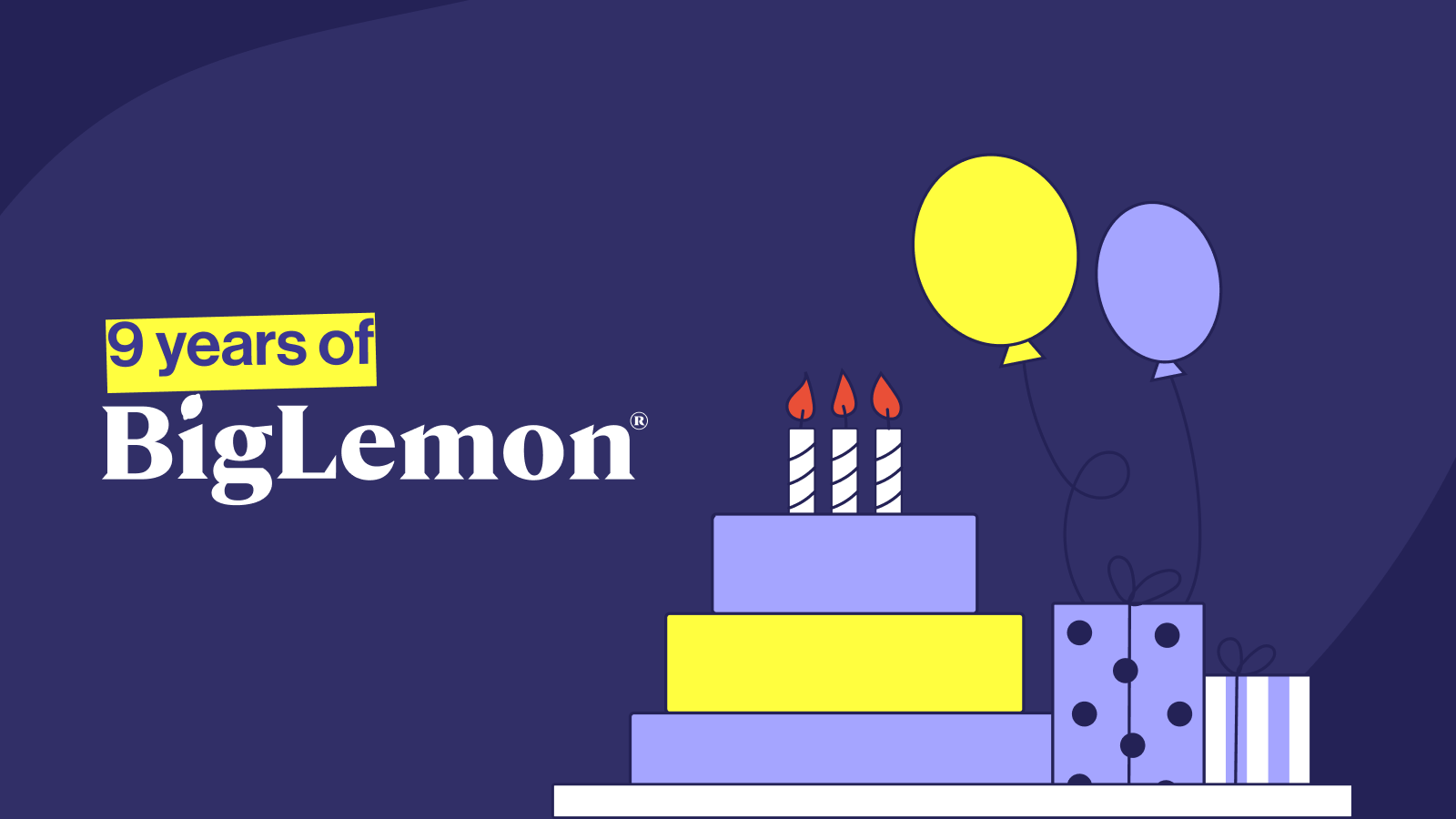I got my job at Big Lemon with no design degree and little experience – here’s how I did it
I chose to do an illustration degree at the Cardiff School of Art and Design, because it’s what I enjoyed and what I was good at. I love illustration and I loved my degree, but it’s not the kind of course that gives you the pick of jobs.
After attempting the freelance illustrator life – it wasn’t for me – and after a few years of temping and worrying, I taught myself how to be a designer.
Coming from an artistic background I already had a bit of an advantage – I wasn’t learning the principles of drawing from scratch, just picking up skills and theory relevant to modern graphic design practices. This post about retraining as a designer is a good one, whether you’re starting from scratch or you’ve got some experience.
My next step was to build up a portfolio. This consisted of illustration work and some self-initiated design projects. I then started calling and emailing local design studios in the hope of getting an internship or work placement.
My lack of experience acted against me, and combined with the fact I was too old for graduate schemes or Jobs Growth Wales meant I wasn’t getting far.
It took months before I found the right people, but when I did it turned from a casual work experience into a paid position. A lot of it was luck, but there are a few things designers can do to nab a placement, and then make sure it turns into something permanent.
Build a portfolio
It’s obvious to most people, but building up a portfolio can be an intimidating process when you don’t have any design experience under your belt. Design graduates can use their university course work as examples, but I didn’t even have that.
To build a portfolio I used Brief Box, a website that gives you access to a library of design briefs to complete. The projects cover a range of design disciplines from typography to UI design. With each project you get a written brief from a fictional client along with a small selection of images for inspiration.
I found this way of working really useful, it helped me build confidence and gave me some idea of what the work process would be like – albeit in a very basic way.
Ring, don’t email
This is something you might struggle with if you’re shy, but it’s really important if you want to get noticed.
Emails disappear – it’s just a fact of life. Phone calls are more direct, more personal, and make more of an impact.
I was calling studios, introducing myself and asking them something along the lines of “I’m really interested in what you do and I’d would love to visit your office and hear more about your work.”
While this might seem a bit try-hard, people always appreciate it when you express an interest in their work – after all, an internship is a two-way street and if all you manage is to get is a little look around, that’s valuable too.
I would also ask for a personal email address so I could send over my portfolio. This way, I knew who would look at it and could follow up with them afterwards.
Ringing ahead and getting a no straight away also meant I didn’t get my hopes up for no reason.
Don’t give up
I was calling and emailing studios for months before Big Lemon invited me in for a chat. It can take a long time, but finding the placement that’s right for you is important if you’re going to make the most out of it.
Speak to start-ups
Get in touch with businesses that would have as much to gain from you as you would from them. Start-ups are a great example of this. If you’re joining a new and small team you’ll be able to learn more and quickly, especially because they’ll be a small team and won’t be able to forget about you.
Learn, learn, learn
Getting a placement is the hard part – the next hard part is turning it into a job.
Before I started at Big Lemon I thought I would always be useless at digital design; I had always been a little behind on technology. When I was made redundant from an admin role, I received a redundancy grant from the Welsh government to learn a new skill. I used it to pay for a course in the Adobe creative suite and soon found my feet with Illustrator, Photoshop and InDesign.
Within a few weeks at Big Lemon I was learning UI and UX design, teaching myself some coding and expanding my business skills following briefs from real-life clients.
Being open to learning new stills is essential when you’re just starting out. You have to be hungry to be on the cutting edge of technology and techniques, aware of the latest design trends and able to implement them if clients ask.




